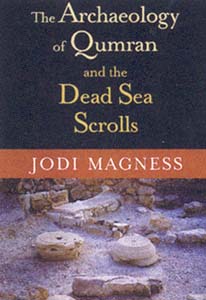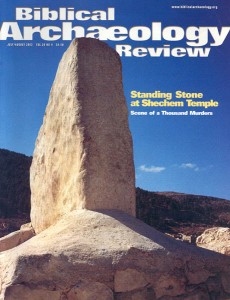The Archaeology of Qumran and the Dead Sea Scrolls
Jodi Magness (Grand Rapids, MI: Eerdmans, 2002) 238 pp., 66 illustrations; $26. Reviewed by Hanan Eshel

Khirbet Qumran is an unparalleled site from the late Second Temple period (second century B.C.E.-first century C.E.), for in addition to its archaeological remains, 11 caves containing fragments of about 900 scrolls—the Dead Sea Scrolls—were discovered in its vicinity. Yet in spite of this exceptional wealth of information, there still is no consensus among scholars as to the nature of ancient Qumran.
Unfortunately, the late Roland de Vaux, who excavated almost the entire site between the years 1949 and 1956, did not produce a final scientific report on his excavations. At the end of each dig season, however, he published an initial summary of his findings for the journal Revue Biblique. Then, in 1959, he was invited by the British Academy to give the prestigious Schweich Lectures in London, where he presented a preliminary synthesis of his work on Qumran. These lectures were eventually published in a popular format, first in French in 1961, then in a slightly expanded English version in 1973.
Already a library member? Log in here.
Institution user? Log in with your IP address.

